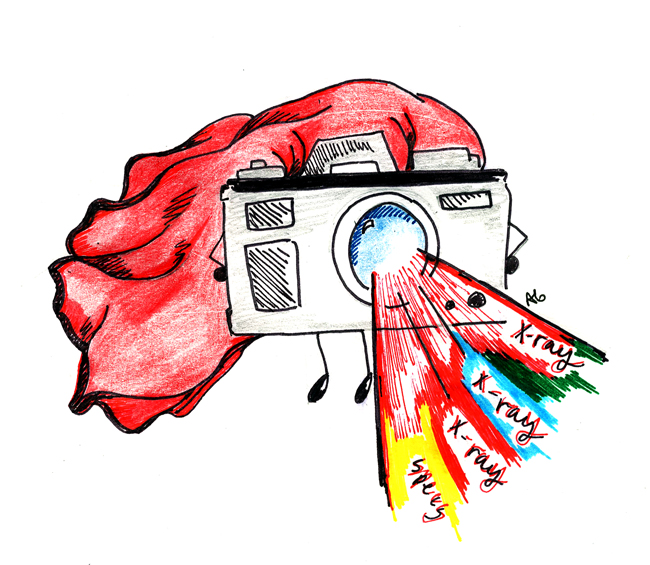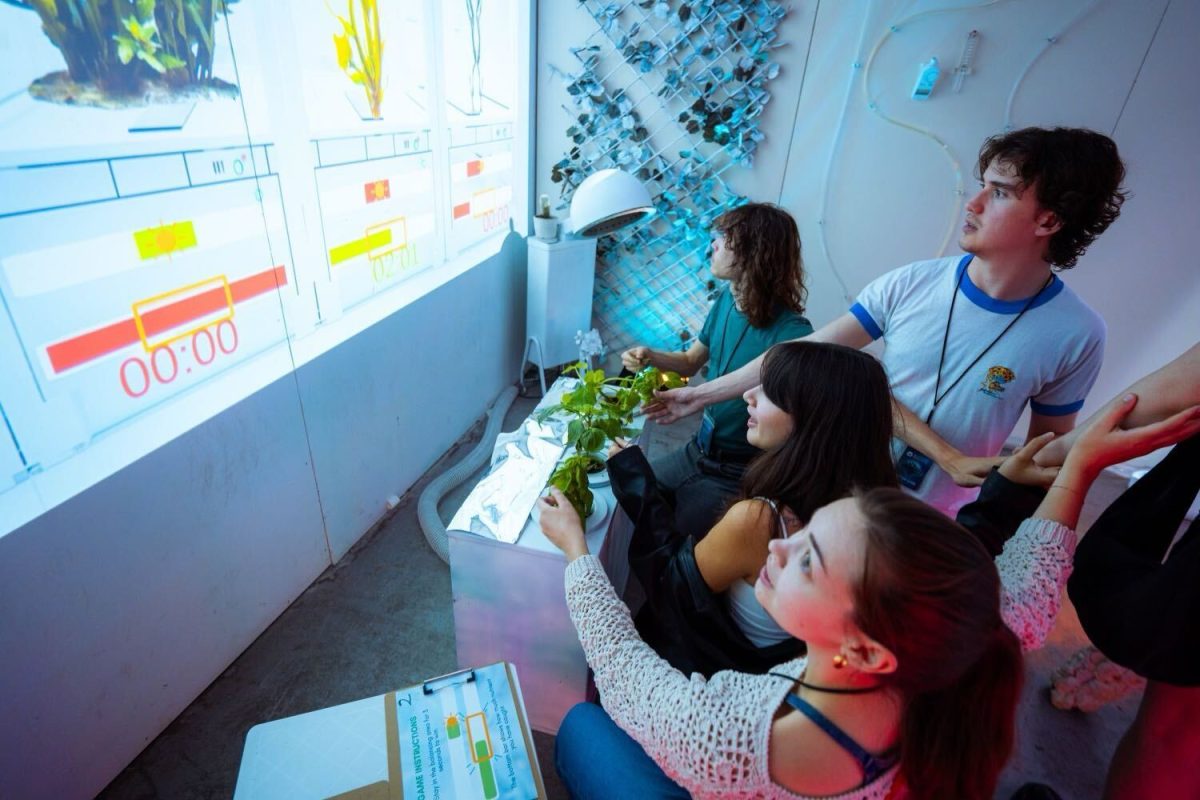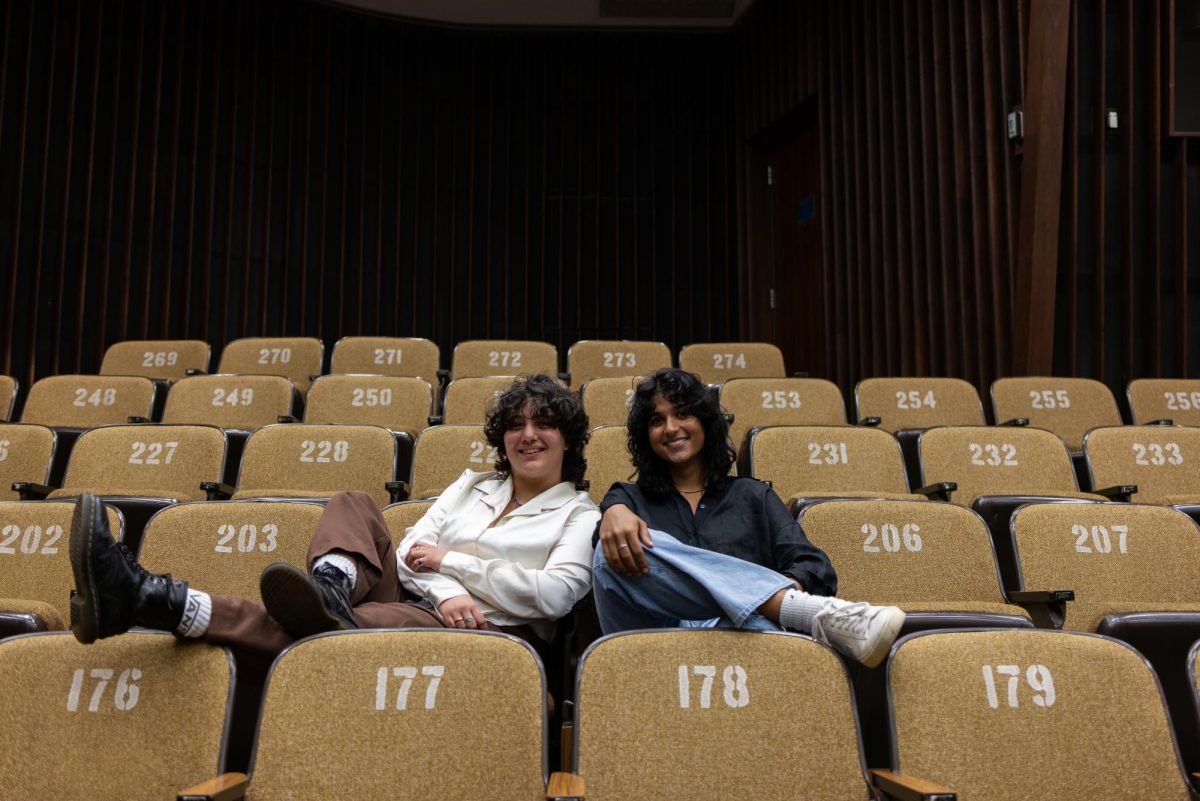
Developed theoretically two years ago, a new camera prototype has now been developed that can see around corners. The camera works by firing laser beams at a wall, which then bounce off and hit an object that may be hidden from direct view of the camera. These beams then reflect off of the hidden object, and these reflections can be collected and reconstructed by the camera into a rough but recognizable 3-D representation of the object. While it may be a while before this technology finds its way into our homes and pockets, the science it’s based on is nothing new and down the line, there’s no reason why it shouldn’t be available to consumers.
Space Station scare
When you’re driving down the road and a small rock hits your window, it’s a temporary scare but not much else. If you happen to be traveling above and around the earth at 17,500 miles per hour, the implications could be much more severe. This week, NASA took precautionary measures after they discovered a piece of space debris that could have potentially hit the International Space Station. The astronauts on board moved into a small capsule that had the ability to return home to earth in the event of an emergency. Fortunately, there was no collision — though the debris of unknown size passed within 9 miles of the spacecraft — and the astronauts returned to work.
Alternative energy has human problem
A recent report in Nature Climate Change suggests that it’s not enough to offer alternative energy sources — we need to actively eliminate carbon sources as well. Author Richard York found that, in a best-case scenario, the development of an alternative energy source will only offset carbon energy requirements by 25 percent. In other words, you’d need to produce four watts of energy to offset one watt of carbon energy. Why does this happen? People tend to use what’s available. Order a cheeseburger from a restaurant and you’ll eat the whole thing and be happy, but if you order a double or even triple cheeseburger, you’ll likely still eat the whole thing. York advocates a carbon tax and other methods for reducing current carbon emissions in addition to supporting other alternative fuel sources.
Origins of moon uncertain
Billions of years ago, a large rock the size of Mars slammed into Earth and broke off a piece that eventually became our moon, or so we’ve thought. This hypothesis has always been a “good fit” for the data, but never perfect, and new data suggests that there may be even more holes in the idea than we previously thought. A recent study has shown that moon rock samples have approximately the same ratio of titanium isotopes as is found here on Earth. However, for the current model of the moon’s origin to hold, at least 40 percent of its mass should be composed of the material from that Mars-sized asteroid, which would likely not have the same ratios of material as Earth does. While this isn’t enough to dismiss the previous hypothesis, it does continue to poke holes in it that may suggest that it’s time to reevaluate our understanding of the night sky’s most prominent object.





















